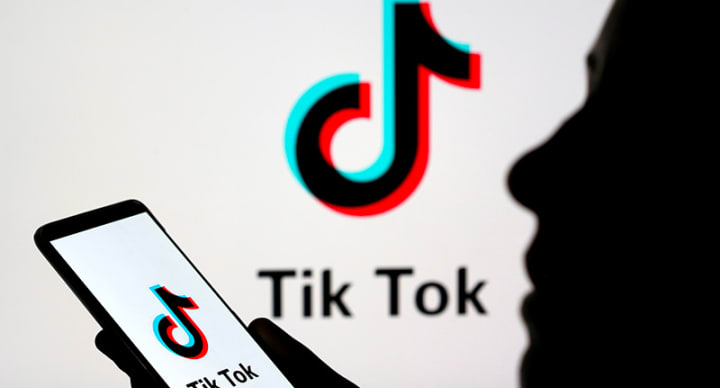
TikTok Shop capitalised on the legions of users of the popular video-sharing app to expand its business in 2022 after testing the waters in Indonesia in 2021, Momentum Works, a Singapore-based consultancy focused on startups, wrote.
While it lagged older rivals Shopee and Lazada, TikTok Shop posted the fastest growth rate, expanding its gross merchandise value (GMV) — the total value of goods sold, including cancelled, returned and refunded orders — sevenfold to $4.4 billion last year from just $600,000 in 2021.
“You can think of it as TikTok already having a captive audience coming onboard for entertainment trying different means to convert them and their attention into the purchase and GMV,” Weihan Chen, head of insights at Momentum Works, told AFP.
From Indonesia, TikTok Shop “aggressively expanded into five additional Southeast Asian markets, many of which boasted large populations of TikTok users” and invested to improve its e-commerce capabilities, Chen added.
TikTok is owned by Chinese technology giant ByteDance.
Overall, the GMV of the region’s nine top e-commerce platforms was valued at almost $100 billion in 2022, up 14 per cent on-year, led by Singapore-based Shopee and Lazada, a subsidiary of China’s Alibaba Group.
Shopee, a unit of Singapore’s Sea Ltd, accounted for $47.9 billion of that, a 13 per cent increase, the report said.
Lazada was at a distant second with $20.1 billion, down from $21 billion in 2021.
Tokopedia, which solely serves the Indonesian market, was in third place with $18.4 billion.
Indonesia remains Southeast Asia’s largest e-commerce market, accounting for 52 per cent of the region’s total GMV.
The return of offline shopping after Covid-19 restrictions were lifted led to a moderation in e-commerce sales, but it is expected to continue growing, the report said.
It noted that the region may benefit from Chinese brands and manufacturing firms expanding into other countries as they reduce reliance on the US market and escape rising competition at home.
“That might be a real game changer for Southeast Asia’s e-commerce landscape, which has for a long time suffered from a lack of variety of goods,” it said.
AFP





